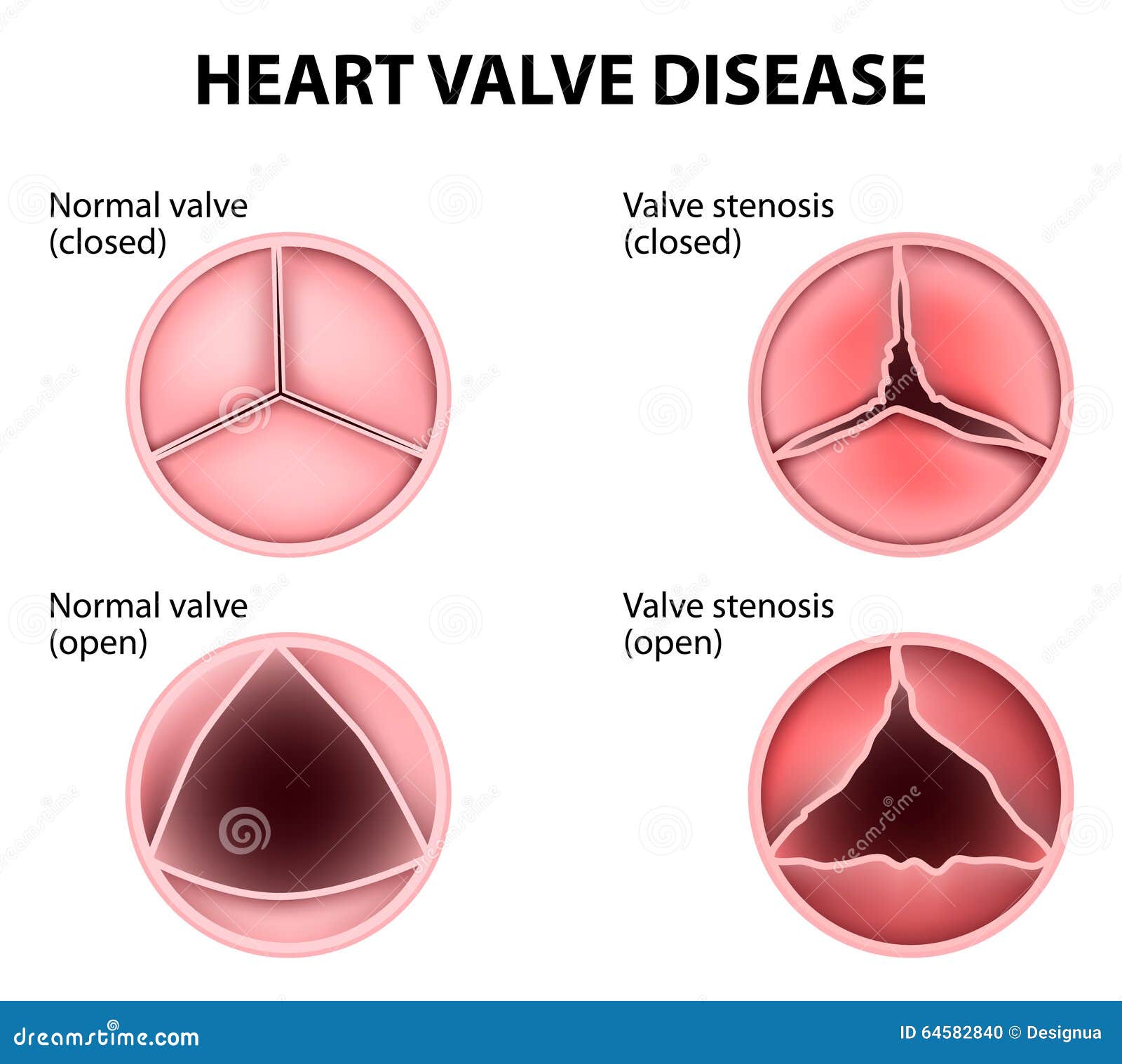
DIAGNOSE
- An electrocardiogram, also called an ECG or EKG, to measure the electrical activity of the heart, regularity of heartbeats, thickening of heart muscle (hypertrophy) and heart-muscle damage from coronary artery disease.
- Stress testing, also known as treadmill tests, to measure blood pressure, heart rate, ECG changes and breathing rates during exercise. During this test, the heart’s electrical activity is monitored through small metal sensors applied to your skin while you exercise on a treadmill.
- Chest X-rays.
- Echocardiogram to evaluate heart function. During this test, sound waves bounced off the heart are recorded and translated into images. The pictures can reveal abnormal heart size, shape and movement. Echocardiography also can be used to calculate the ejection fraction, or volume of blood pumped out to the body when the heart contracts.
- Cardiac catheterization, which is the threading of a catheter into the heart chambers to measure pressure irregularities across the valves (to detect stenosis) or to observe backflow of an injected dye on an X-ray (to detect incompetence)
TREATMENT
- Don’t smoke; follow prevention tips for a heart-healthy lifestyle. Avoid excessive alcohol consumption, excessive salt intake and diet pills—all of which may raise blood pressure.
- A course of antibiotics is prescribed prior to surgery or dental work for those with valvular heart disease, to prevent bacterial endocarditis.
- Long-term antibiotic therapy is recommended to prevent a recurrence of streptococcal infection in those who have had rheumatic fever.
- Antithrombotic (clot-preventing) medications such as aspirin or ticlopidine may be prescribed for those with valvular heart disease who have experienced unexplained transient ischemic attacks, also known as TIAs.
- More potent anticoagulants, such as warfarin, may be prescribed for those who have atrial fibrillation (a common complication of mitral valve disease) or who continue to experience TIAs despite initial treatment. Long-term administration of anticoagulants may be necessary following valve replacement surgery, because prosthetic valves are associated with a higher risk of blood clots.
- Balloon dilatation (a surgical technique involving insertion into a blood vessel of a small balloon that is led via catheter to the narrowed site and then inflated) may be done to widen a stenotic valve.
- Valve Surgery to repair or replace a damaged valve may be necessary. Replacement valves may be artificial (prosthetic valves) or made from animal tissue (bioprosthetic valves). The type of replacement valve selected depends on the patient’s age, condition, and the specific valve affected.
PREVENTION
A heart-healthy lifestyle is also advised to reduce the risks of high blood pressure, atherosclerosis and heart attack.
- Don’t smoke.
- Consume no more than two alcoholic beverages a day.
- Eat a healthy, balanced diet low in salt and fat, exercise regularly and lose weight if you are overweight.
- Adhere to a prescribed treatment program for other forms of heart disease.
- If you are diabetic, maintain careful control of your blood sugar.
new information for me..thanks!
ReplyDelete